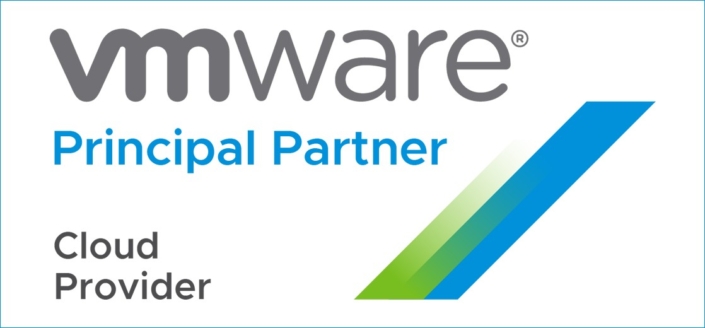Cloud Automation: Why It’s Important When You Move to Cloud
Cloud computing is boldly going where no other system has gone before. With so many organisation moving to some type of cloud platform, providers are finding more ways to create the true fully automated cloud environment. Now, we haven’t quite reached that point, but we’re getting closer. Within the concept of cloud automation and orchestration are several important layers all working together. Starting at the data center level, the automation process includes technologies which, when combined, can produce some pretty powerful cloud infrastructures.
So, what are those cloud automation layers and why are they important?

Cloud automation
- Why it’s important. Yes, it’s simplifying complex IT. But this certainly hasn’t stopped very large organisations from diving into the development and testing pool. Many are even using platforms like VMware, AzureStack, CloudStack, OpenStack, and even OpenNebula. Throw big data into the mix and tie in data management solutions like MapR or Cloudera and you’ve got a very interesting field that’s developing. Remember, your data is critical. And, using powerful cloud automation services to replicate, secure and quantify this information is critical for you to stay competitive.
Server provisioning/automation
- Why it’s important. In a world of maximum efficiency, data center administrators simply don’t have the time to configure and deploy blades on an individual basis. With pre-built templates, administrators control entire data center blade deployments from one central console. Essentially, you’re reducing IT management while still improving workload delivery.
Virtualization/application automation
- Why it’s important. Automating ways to deliver applications and virtual servers can be a real life saver. Provisioning services are capable of spinning up VMs within seconds and are now also starting to allow users to connect to new resources. In working with intelligent load-balancing technologies, you’re able to intelligently provision and de-provision entire workloads on demand. Take VMware for example, which was faced with a dramatic increase in the volume of data, storage requirements, and the need for better management. To combat this, and as part of their software-defined data center, VMware turned to Puppet Labs (and gave them additional $30 million) to help manage IT resource much more efficiently.
The cost of moving to a cloud platform is shrinking, which means more organizations are capable of adopting some type of cloud model. Whether this is a migration to Office 365 or a full data center-based cloud deployment, the business drivers to move to the cloud are growing, and cloud providers are looking everywhere to increase efficiency. One great way to do this is a structured and layered cloud automation platform. Look for this technology to continue to develop – from the data center all the way to the cloud.
The key to delivering a true cloud is automation and providing control to our Customers. This is Zettagrid competitive advantage. We have invested heavily in our dedicated applications development team to deliver that automation. Our goal is to allow our customers to be able to control every aspect of their own cloud which reduce the needs to contact our support helpdesk.


